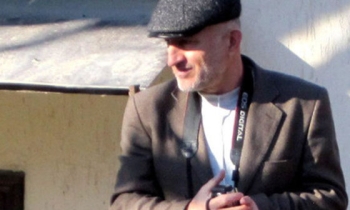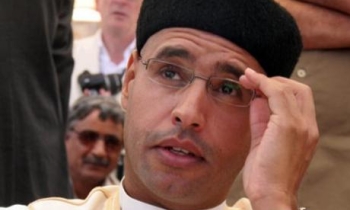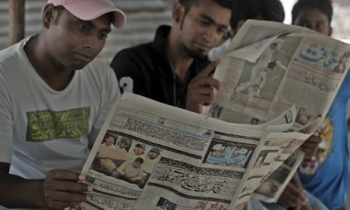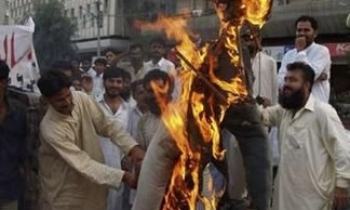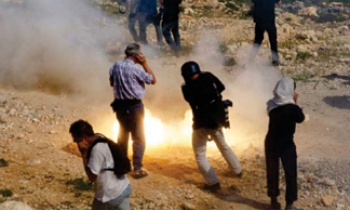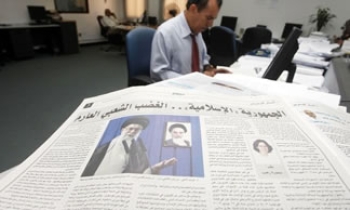A journalist was seriously injured Friday when policemen assaulted him at Kakopathar, the scene of violent clashes last week that left nine people dead, according to Indo-Asian News Service (IANS). The journalist, Robin Dhekial Phukan, a correspondent with daily Asomiya Pratidin, had gone to the area to cover a visit by Chief Minister Tarun Gogoi.

"Phukan is now in hospital with serious injuries after the police assaulted him," the newspaper's executive editor, Manjit Mahanta, told IANS. He said the incident occurred when the police assaulted local people who were wearing black badges and shouting slogans against the chief minister and his government.
"Our correspondent was also present there and some policemen suddenly pounced on him and assaulted him without any provocation before forcibly taking him to the police station," Mahanta said. Dhekial Phukan was later taken to a hospital at Kakopathar.
"Doctors at Kakopathar said he had suffered serious injuries and referred him to the main hospital in Tinsukia," a journalist in Tinsukia said on telephone. "We told the chief minister that we will boycott all government functions in protest against the unprovoked attack," a member of the Tinsukia District Journalists Association said. Senior police officials refused to comment on the incident.
The attack on Dhekial Phukan came the same day when three major news television channels of the country, Zee News, Star News and Aaj Tak, were blacked out by cable operators in the state for failing to cover properly the February 10 Kakopathar carnage and its follow-up that has plunged the state into turmoil.
The Assam Cable Operators Confederation and the Greater Guwahati Cable Operators Association decided to black out the three news channels on February 17 and 18. "This is an insult to the people of Assam. Kakopathar is just one instance – these news channels have the habit of not highlighting events unfolding in Assam and the Northeast," said Sanjeeb Narayan, a spokesman for cable operators. "This is only a token protest action. These three news channels should remain prepared to face an indefinite black-out if they fail to change their attitude," he threatened.
Protests against the February 10 killings of at least nine unarmed persons who had been agitating against the death of a custodial death, in police and CRPF firing at Kakopathar in Upper Assam continued to rage in different parts of the state much to the discomfort of the Congress government, the Statesman reported.

According to a Press Trust of India (PTI) report, nine people were killed and several others injured when panicky policemen fired on a group of almost 20,000 protestors from 90-odd villages who were demonstrating against the death of suspected ULFA linkman Ajit Mohanta in Army custody. The state came to a grinding halt on February 13 and 14 in response to back-to-back bandhs called in protest by the United Liberation Front of Asom (ULFA) and the All-Assam Students Union (AASU).
Meanwhile, the Supreme Court Friday issued notices to the Centre and the state government seeking a report on ULFA activists killed in 1998-2000. The notices were issued against a public interest litigation (PIL) filed by Aalok, a non-government organisation, that sought a probe into the killings allegedly by security forces.
The outlawed ULFA has accused the government of "breaking" its commitment to the Peoples Consultative Group (PCG) to undertake confidence-building measures in view of the proposed peace talks between the Indian government and the outfit.

